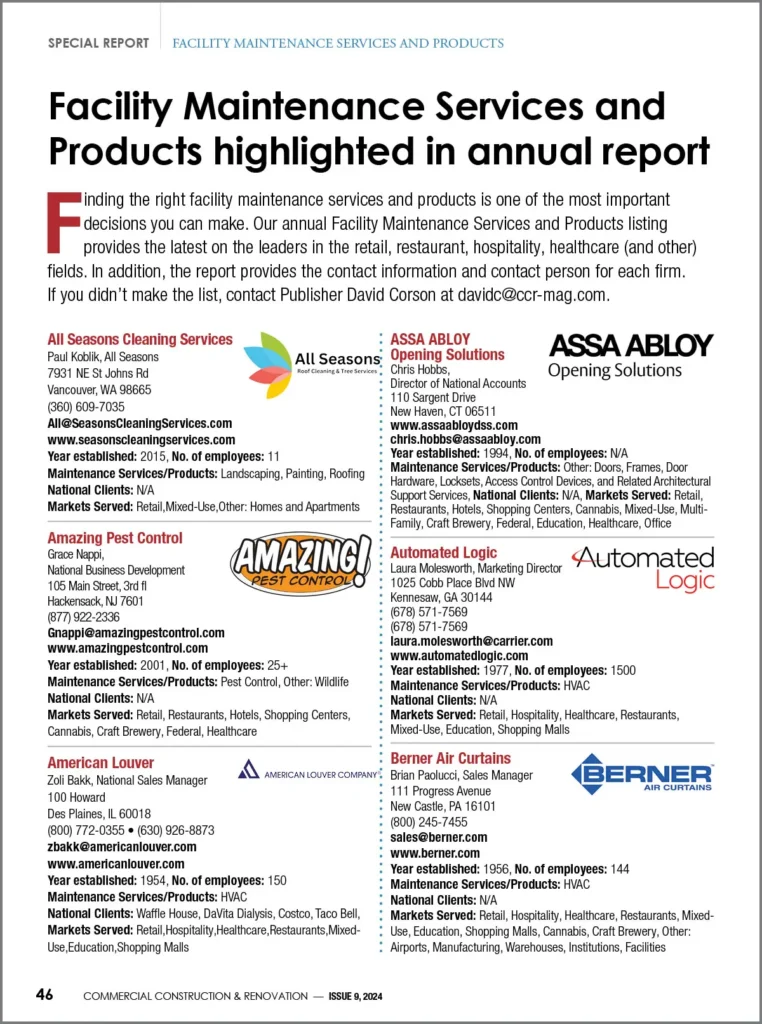Picking the right ice maker can make a big difference in your home. I’ve seen many people struggle with ice shortages or end up with machines that take up too much space. Manitowoc ice makers offer a range of options to suit various needs. The key is to match your ice maker’s size and output to your daily requirements.
Ice makers come in different types, from small countertop models to large undercounter units. Each has its own ice production rate and storage capacity. I’ll help you figure out which one fits your lifestyle best.
When choosing an ice maker, think about how much ice you use daily and where you’ll put the machine. This way, you’ll avoid running out of ice or getting a unit that’s too big for your space.
Key Takeaways
- Pick an ice maker that matches your daily ice needs and available space
- Consider the type of ice and production rate that suits your lifestyle
- Look at features like different ice sizes and maintenance requirements when buying
Understanding Ice Maker Types and Their Applications
Ice makers come in different types to suit various needs. The right choice depends on your space, ice usage, and where you plan to use it. Let’s look at the main types and some specialized options.
Countertop vs. Undercounter vs. Freestanding
Countertop ice makers are small and portable. I like them for small kitchens or offices. They make ice quickly but don’t store much.
Undercounter ice makers fit under your kitchen counter. They make more ice and store it too. I find them great for homes that use lots of ice daily.
Freestanding ice makers are larger. They work well in big kitchens or commercial spaces. I’ve seen them produce hundreds of pounds of ice per day.
Each type has its pros. Countertops are easy to move. Undercounters save space. Freestanding units make the most ice.
Specialized Ice Makers for Home Bars and Outdoor Spaces
Home bars benefit from compact undercounter ice makers. They fit neatly and keep drinks cold. I recommend models that make clear, slow-melting ice for cocktails.
Outdoor ice makers are built tough. They resist weather and rust. I’ve used them for patios and pool areas. They’re great for parties.
Portable ice makers work well for both indoor and outdoor use. I like them for RVs, boats, and camping trips. They’re small but can make ice anywhere with power.
Some outdoor models even run on propane. This is handy when electricity isn’t available.
Selecting the Appropriate Size and Capacity
Picking the right ice maker size is key. I’ll cover how to figure out your ice production needs and storage requirements. This will help you choose an ice machine that fits your business perfectly.
Determining the Right Ice Production Rate
To find the ideal ice production rate, I start by calculating daily ice usage. I count the number of drinks served and estimate ice per drink. Then I add extra for other uses like food displays.
For example:
- 200 drinks x 8 oz ice per drink = 1600 oz
- 400 oz for food displays
- Total: 2000 oz (125 lbs) per day
I always add 20% to account for busy days. So I’d look for a machine that makes 150 lbs per day.
Air and water temps affect ice production. I pick a machine based on 90°F air and 70°F water to be safe.
Storage Capacity Considerations
Ice storage is just as important as production. I make sure the bin can hold at least 20% more than my daily needs. This gives a buffer for busy times.
For my 150 lb per day example, I’d want a bin that holds at least 180 lbs. But bigger isn’t always better. Too large a bin wastes space and energy.
I also think about how ice falls into the bin. It forms a mound, not a level pile. So I pick a bin that’s a bit bigger to account for this.
Lastly, I check that the ice maker and bin fit my space. Undercounter units work well for tight spots. Modular systems offer more flexibility for larger needs.
Features and Technology to Enhance Your Experience
Modern ice makers come with cool features that make life easier. Let’s check out some of the best tech that can upgrade your ice-making game.
Advancements in Clear Ice Technology
Clear ice is a game-changer for drinks. It melts slower and looks great in glasses. Many ice makers now use special tech to make clear cubes. These machines remove air bubbles and impurities from the water. The result? Crystal-clear ice that’s perfect for cocktails and fancy drinks.
Some ice makers can produce uniform cubes, usually about 3/4 inch in size. This consistent shape helps drinks stay cold longer. It also makes your drinks look more professional. I’ve found that clear ice can really impress guests at parties.
Convenience Features: Self-Cleaning and Ice Scoops
Self-cleaning features are a big plus in ice makers. They save time and keep the machine hygienic. With a push of a button, the machine cleans itself. This helps prevent mold and bacteria growth.
Built-in ice scoops are another handy feature. They’re always there when you need them. No more searching for a clean scoop! Some models have special spots to store the scoop. This keeps it clean and easy to find.
Easy-to-use controls are also important. Look for machines with simple buttons or touch screens. This makes it easy to adjust settings or start cleaning cycles.
Efficient Operation with Energy Star Certification
Energy Star certified ice makers use less power. This is good for your wallet and the planet. These machines meet strict energy standards set by the government.
I’ve noticed that efficient ice makers often have better insulation. This keeps the ice cold longer without using extra energy. Some models also have smart sensors. These can adjust ice production based on how much you use.
Look for ice makers with programmable timers. You can set them to make ice only when you need it. This saves energy and ensures you always have fresh ice on hand.
Maintenance and Installation Insights
Proper setup and care are key for ice makers. I’ll cover water systems and installation steps to keep your ice maker running smoothly.
Water Filtration and Drainage Solutions
Water quality affects ice taste and machine life. I recommend using a water filter to remove impurities. For drainage, you have two main options:
- Gravity drains: These use gravity to remove water. They’re simple but need a nearby floor drain.
- Drain pumps: These actively push water out. They’re great for places without floor drains.
Some models like the GE Profile Opal 2.0 have built-in filtration. For others, you may need to install a separate filter. Change filters regularly to maintain ice quality.
Setting Up Your Ice Maker Correctly
Correct installation is crucial. I suggest following these steps:
- Choose a level spot with proper ventilation
- Connect the water line (usually 1/4 inch)
- Install any needed filters
- Set up the drain system
Many fridges need ice maker kits for installation. These kits often include parts like water valves and tubing. Make sure to get the right kit for your model.
After setup, run a few cycles and throw out the first batches of ice. This cleans the system. I also recommend cleaning your ice maker every few months to prevent mold and buildup.








 The 2024 virtual Men’s Round Table will be held Q4, 2024, date TBD.
The 2024 virtual Men’s Round Table will be held Q4, 2024, date TBD.













